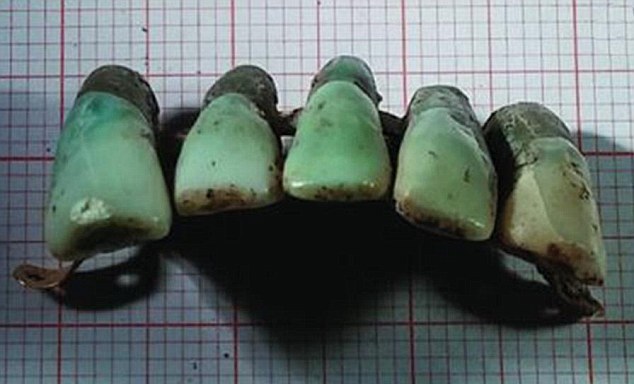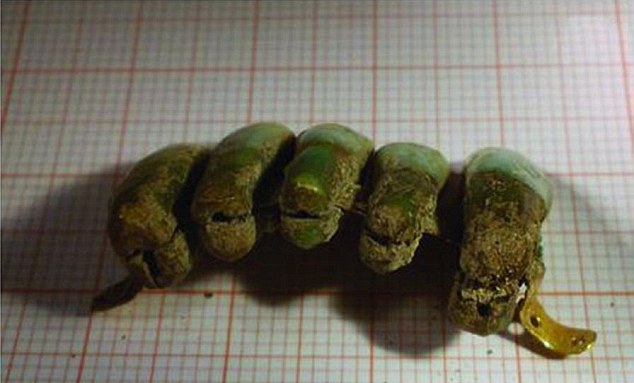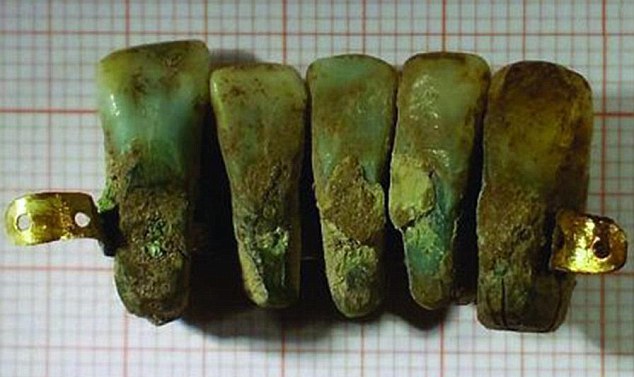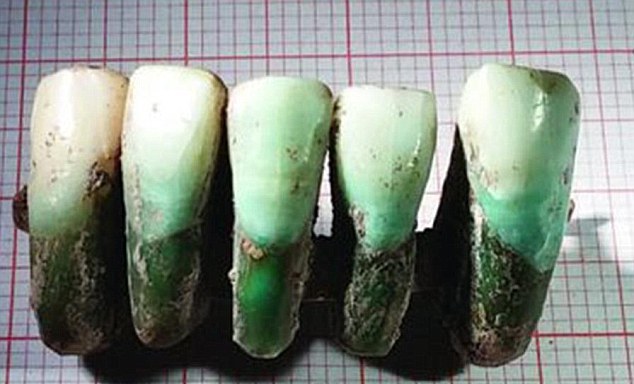Millions of people in the 21st century wear dentures when their own pearly whites have failed them. Due to incredible advances in modern dental technology, it is often impossible to distinguish dentures or dental implants from real teeth.
However, what did humans do before dental technology evolved to replace missing teeth so that they could eat and speak properly? Based on archaeological findings in Lucca, Italy, it is proven that people during the 14th to 17th centuries, otherwise known as the Renaissance, created their dentures from bits of metal and the teeth of the deceased.

According to the Daily Mail, a team from the University of Pisa in Italy discovered one of the only known sets of Renaissance-era dentures in 2010. Archaeologists were exploring the bottom of the tomb of the powerful and aristocratic Guingi family at the chapel of San Francesco in Lucca when they uncovered a set of dentures made for the lower jaw.
The dentures were created from a string of five human teeth and a metal strip containing gold, silver, and copper. The three incisors and two canine teeth are believed to have come from various human sources due to their different sizes and symmetry, and they are secured to the metal strip with tiny gold pins. Due to the copper in the metal strip, the teeth have a green hue. There is also tartar present on the teeth.
History provides many examples of the evolution of dentures or ‘false teeth’ using intriguing, and likely uncomfortable, materials. Ancient people experimented with animal and human teeth, bones, and other hard materials.

Mayans used stones or pieces of bone and shell. Egyptians were using dental implants by connecting human teeth together with gold as early as 1500 BCE, and the Etruscans followed in 700 BCE.

Authors during the Early Modern Age wrote about using gold bands to hold human teeth together for wear. However, the Lucca dentures provide concrete evidence of such early dentistry, revealing that the technique of connecting “borrowed” human teeth with metal pieces was definitely being used during the time of DaVinci, Mail Online reported.
The discovery of the Lucca dentures is an important one for the history of dentistry.
According to Pisa paleopathologist Dr. Simona Minozzi, “Although there are descriptions of similar objects in texts from the period, there is no known archaeological evidence. The dentures found in the tomb are the first example of dentures from this historical period, and as such are a valuable addition to the history of dentistry”.

Despite their importance, the dentures cannot be precisely dated, but are thought to have originated in the 14th to 17th centuries. As Dr. Minozzi states, “the exact archaeological dating of the prosthesis was not possible because some alterations occurred over the centuries, as the device may have slid down from the upper layers”.
Fortunately for humans, porcelain dentures were created and used by the 18th century, and the days of using metals, stones, bones, and the teeth of the deceased to replace our own were able to remain in the days of the ancients and at the bottom of Renaissance-era tombs.
